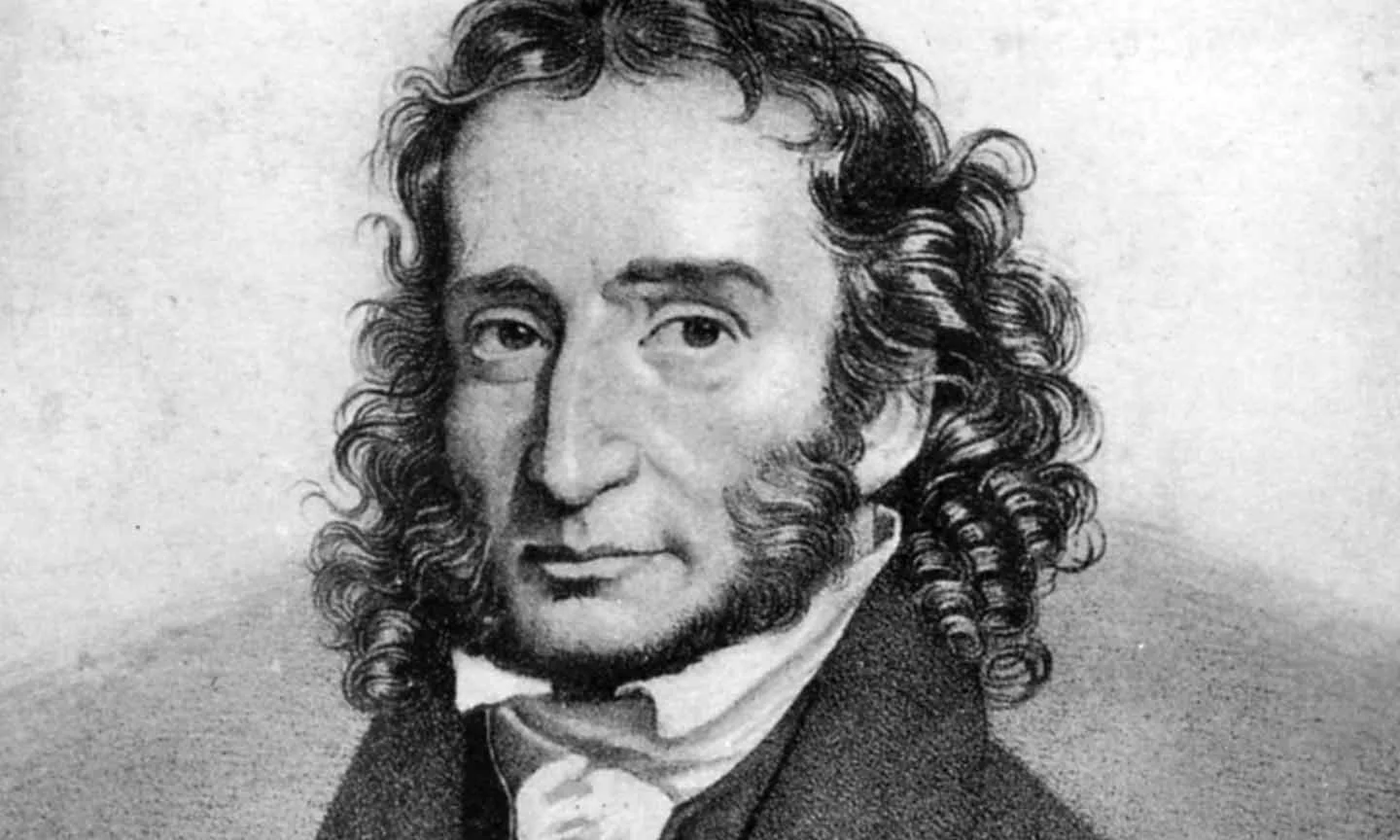Video: How Karen Tuttle’s "plop" transformed my Left Hand
Violist and pedagogue Karen Tuttle
I was a few years out of school, and I was frustrated. My bow arm seemed to be in decent shape, but my left hand was a mess! In passagework it felt tight. In my recordings, poor left hand articulation led to muddy sounds, as if I were playing underwater. My vibrato was slow, one dimensional and inconsistently applied. In short, my left hand needed an overhaul!
Over the years I tried a number of exercises, especially from Simon Fischer, that improved things bit by bit. But my left hand still felt like a patchwork of disparate ideas — a vibrato idea from here, a left hand articulation from there — that I'd smashed together, a Frankenstein left hand! I was missing a Grand Unified Theory of the Left Hand, something that pulled together all those ideas into a cohesive working whole.
That Theory would arrive not with a bang, but instead, a gentle "plop."
"Plop" is Karen Tuttle's word to describe the action of the finger dropping onto the string, and it is a central idea in Tuttle's approach to the left hand, an approach that seamlessly integrates the concepts of finger action, balance and release of tension, along with a couple other bonuses.
Now, I had the good fortune to work with not one, but three excellent teachers who studied with Karen Tuttle: Susan Dubois, Jeffrey Irvine and Karen Ritscher — I even studied with Tuttle herself one summer at the Banff Institute. So you would think I already had this concept well in hand. But while I was introduced to it (likely by all of those teachers!) as with many ideas I didn't fully grasp its importance until much later, when I finally realized FOR MYSELF it was needed. Mimi Zweig has a maxim about students: "They have to be ready to receive the information." Clearly, I was not ready.
Instead, my conversion to the plop began with Karen Tuttle Legacy book. Worth its weight in gold, this book shares perspectives on Tuttle's teachings from six of her students. It reintroduced me to the plop from multiple angles, and led me to a deeper understanding of its simple genius. Two years after reading the book I participated in a masterclass with Kim Kashkashian in which she happened to demonstrate her perspective on the plop. Experiencing her pedagogy of the plop refined my understanding.
"Get to it already," you're saying, "How do I do it?"
Here's a video of my step-by-step approach to the plop.









